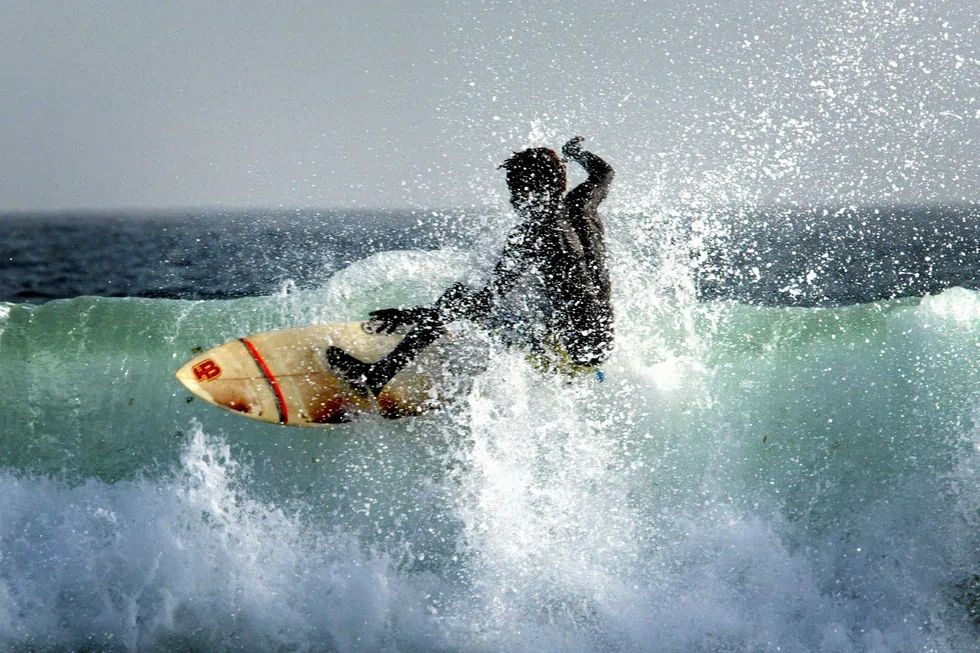Tortue platform bids due at BP
UK giant set to receive submissions from several companies hoping to land job to build living quarters and utilities facility

UK giant set to receive submissions from several companies hoping to land job to build living quarters and utilities facility
